Explore the Best AI Image Gallery

Quantum Computing: A Catalyst for Creative Transformation
Quantum computing has been predominantly acknowledged for its profound implications in areas such as cryptography, complex problem-solving, and optimization. However, as the technology matures, its potential to transform the creative industry is becoming increasingly apparent. The unique capabilities of quantum computers offer new avenues for innovation and artistic expression that were previously unthinkable, inviting us to explore their implications across diverse creative domains.
Understanding Quantum Computing
At its core, quantum computing leverages the principles of quantum mechanics to perform calculations at speeds unattainable by classical computers. By employing qubits instead of bits, quantum computers can exist in multiple states concurrently, allowing them to process vast amounts of information simultaneously. This efficient computational power has potential ramifications in various fields, including materials science, pharmaceuticals, and, fittingly, the creative arts.
Impact on the Creative Industry
As artists, designers, and creators turn to quantum computing, they discover a rich tapestry of possibilities:
- Generative Art: Quantum algorithms can enable the creation of generative art that evolves through complex mathematical models. Artists can collaborate with quantum computers to generate intricate designs that might be impossible to achieve through classical means.
- Enhanced Animation and Visual Effects: In the film and gaming industry, quantum computing could revolutionize rendering processes, allowing for hyper-realistic graphics and real-time simulations that enhance user engagement and narrative depth.
- Music Composition: Composers could leverage quantum programming to explore new musical arrangements, discover complex patterns, and analyze vast datasets from existing compositions to create innovative soundscapes.
Potential Applications
Here are several potential applications of quantum computing within the creative sector:
- Interactive Storytelling: By analyzing audience preferences through quantum algorithms, storytellers can create personalized narratives that adapt in real time, enhancing audience engagement.
- Fashion Design: Designers could use quantum simulations to experiment with textile properties and styles in virtual environments, leading to more sustainable practices and innovative fashion creations.
- Architectural Visualization: Quantum computing can aid in the rapid prototyping of architectural designs, allowing architects to test various configurations and visualize projects before they are built.
Ethical Considerations
As with any transformative technology, quantum computing raises important ethical questions, particularly in the realm of creativity:
- Ownership and Authorship: With collaboration between humans and quantum algorithms, who holds the rights to the generated works? This question could fundamentally change how we perceive authorship in creative industries.
- Access and Equity: The potential for cutting-edge creativity will likely be accessible primarily to those with resources to invest in quantum technologies. How do we ensure equitable access to these advancements?
- Data Privacy: As quantum computing becomes integral in personalizing experiences, safeguarding user data against misuse will be paramount. Ensuring that privacy frameworks evolve concurrently with technology will be crucial.
Future Trends
The trajectory of quantum computing in the creative industry is still being mapped out, but several trends are already emerging:
- Collaborative Platforms: Expect the rise of platforms that merge traditional artistic practices with quantum computing tools, providing a collaborative space for artists, programmers, and hybrid creators.
- Quantum Creativity Research: Universities and research institutions may establish dedicated programs examining the intersection of quantum computing and creative processes, leading to innovative curriculum development.
- Industry Standards and Best Practices: As quantum computing applications accelerate in creative fields, the need for industry standards to guide ethical practices and usage will become increasingly important.
Conclusion
Quantum computing embodies the potential to usher in a new era of creativity, providing transformative tools that can reshape artistic expression and cultural experiences. While challenges like ethical dilemmas and equitable access must be addressed, the convergence of quantum technology and creativity holds promise for an exciting future. As we traverse this new frontier, it is essential to engage in thoughtful discourse regarding the implications and opportunities that will arise, ensuring a harmonious blend of technology and human creativity.



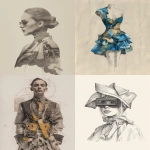















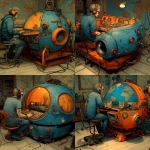
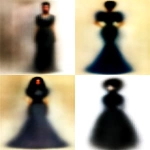
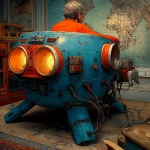
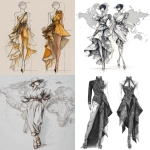
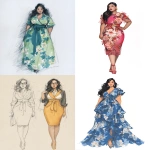

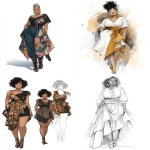


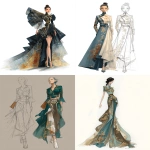



](https://images.ai-img.art/thumbnails/150/d611fb132f34451652cd462ab311152c551d101011dbb069898ecfba0b6fb2c9.webp)




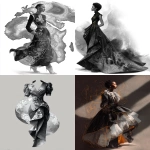



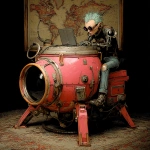





](https://images.ai-img.art/thumbnails/150/184ef21e6392dc98dddcbca645070343a7a1d2bf69fa6a2cce17f0e284ed1ec0.webp)

